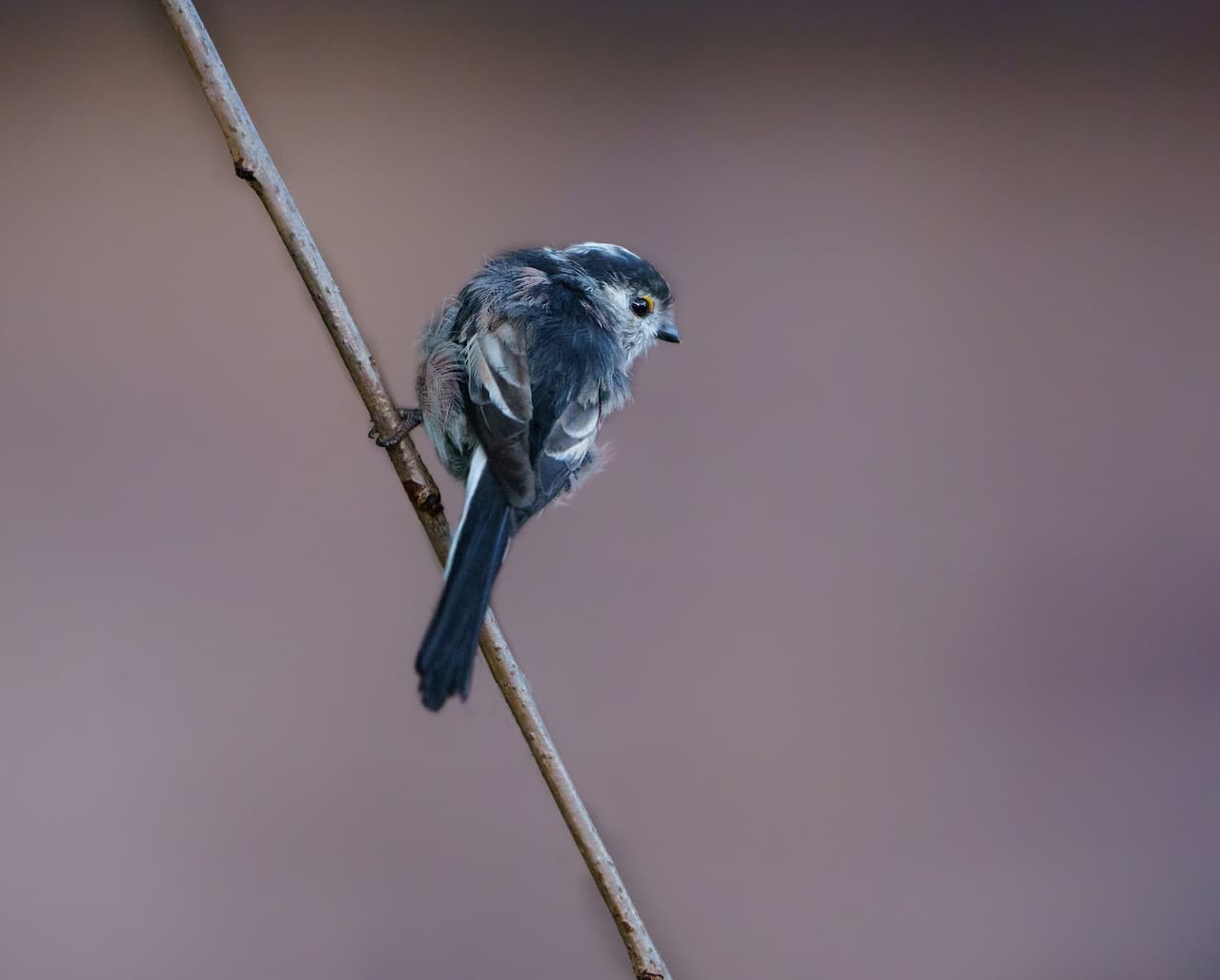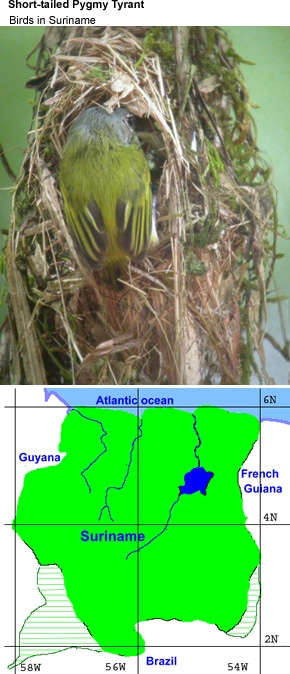Mexican Sheartail
The Mexican Sheartails (Doricha eliza or Calothorax eliza) belongs to a group of hummingbirds commonly referred to as “sheartails.” They are named for their deeply forked and narrow tails.
As is suggested by its common name, this hummingbird is only found in Mexico.
Due to its small rage and declining population, the Mexican Sheartail is listed as Near Threatened. Its continued existence is threatened by habitat loss and degradation
Alternate (Global) Names:
Spanish: Colibrí de Elisa, Colibrí Cola Hendida,, Colibrí Mejicano, Tijereta Yucateca … Italian: Coda a cesoie del Messico, Forbicino del Messico French: Colibri d’Eliza, Colibri élise … German: Rosenkehl-Sternkolibri, Elisakolibri, Eliza Kolibri, Elizakolibri …Chinese: ??????? … Czech: Kolibrík veracruzský, kolib?ík veracruzský … Danish: Mexicansk Sakshalekolibri … Finnish: Meksikonhaarakolibri … Japanese: obiroembihachidori, obiroenbihachidori … Dutch: Mexicaanse Schaarstaartkolibrie … Norwegian: Yucatánklypestjert … Polish: koliberek widlosterny, koliberek wid?osterny … Russian: ???????????? ?????? … Slovak: cmelovec stupnochvostý … Swedish: Yucatansaxstjärt
Distribution / Range
The Mexican Sheartails are found in southeastern Mexico, with two geographically separated populations:
- one very small and declining group is found in central Veracruz.
- another group is found on the northern fringe of the Yucatán peninsula (east to Holbox Island).
There are some plumage variations and also ecological differences — which may warrant splitting this currently considered monotypic taxon (one single species) into two distinct races.
Habitat
In Yucatán, the Mexican Sheartails occur in a narrow, 0.6 mile or 1-km wide, coastal strip. They are usually seen between mangroves (i.e. Petenes) and tropical deciduous forests. But they also breed in urban areas, including gardens.
In Veracruz, the Mexican Sheartails live in undisturbed, dry deciduous forests and overgrazed habitats, situated about 15 miles or 25 km inland.
http://www.youtube.com/embed/-I97_I8KTxQMexican Sheartail (Doricha eliza or Calothorax eliza)
Description
The bill is long and slightly down-curved. The back is grey-green. The forked tail folds to a narrow point. They have short wings.
The male has a long, purple / magenta throat patch that is elongated at the sides. This throat patch (known as “gorget” appears black in poor light.
The female looks similar, but lacks the male’s colorful throat patch. She has a buffy chest.
Nesting / Breeding
In Yucatán, most nesting activities have been observed between August through April; although fledged young have been reported in February and March. In Veracruz, breeding usually occurs between May through August.
Hummingbirds are solitary in all aspects of life other than breeding; and the male’s only involvement in the reproductive process is the actual mating with the female. They neither live nor migrate in flocks; and there is no pair bond for this species.
Males court females by flying in a u-shaped pattern in front of them. He will separate from the female immediately after copulation. One male may mate with several females. In all likelihood, the female will also mate with several males. The males do not participate in choosing the nest location, building the nest or raising the chicks.
The female Mexican Sheartail is responsible for building the cup-shaped nest out of plant fibers woven together and green moss on the outside for camouflage in a protected location in a shrub, bush or tree.
She lines the nest with seeds of Compositae, soft plant fibers, animal hair and feather down, and strengthens the structure with spider webbing and other sticky material, giving it an elastic quality to allow it to stretch to double its size as the chicks grow and need more room. The nest is typically found on a low, thin horizontal branch.
The average clutch consists of two white eggs, which she incubates alone, while the male defends his territory and the flowers he feeds on. The young are born blind, immobile and without any down.
The female alone protects and feeds the chicks with regurgitated food (mostly partially-digested insects since nectar is an insufficient source of protein for the growing chicks). The female pushes the food down the chicks’ throats with her long bill directly into their stomachs.
As is the case with other hummingbird species, the chicks are brooded only the first week or two, and left alone even on cooler nights after about 12 days – probably due to the small nest size. The chicks leave the nest when they are about 20 days old.
Diet / Feeding
The Mexican Sheartails primarily feed on nectar taken from a variety of brightly colored, scented small flowers of trees, herbs, shrubs and epiphytes. They favor flowers with the highest sugar content (often red-colored and tubular-shaped) and seek out, and aggressively protect, those areas containing flowers with high energy nectar. Many native and cultivated plants on whose flowers these birds feed heavily rely on them for pollination. The mostly tubular-shaped flowers actually exclude most bees and butterflies from feeding on them and, subsequently, from pollinating the plants.
In Veracruz, the mainly feeds on nectar of Malvaviscus arboreus, Hamelia patens, Salvia coccinea, S. purpurea, Triumpheta speciosa, Bouvardia ternifolia, Stenocereus criseud and Solanum tridynamun.
They use their long, extendible, straw-like tongues to retrieve the nectar while hovering with their tails cocked upward as they are licking at the nectar up to 13 times per second. Sometimes they may be seen hanging on the flower while feeding.
They may also visit local hummingbird feeders for some sugar water, or drink out of bird baths or water fountains where they will either hover and sip water as it runs over the edge; or they will perch on the edge and drink – like all the other birds; however, they only remain still for a short moment.
They also take some small arthropods, spiders and insects – important sources of protein particularly needed during the breeding season to ensure the proper development of their young. Insects are often caught in flight (hawking); snatched off leaves or branches, or are taken from spider webs.
Males establish feeding territories, where they aggressively chase away other males as well as large insects – such as bumblebees and hawk moths – that want to feed in their territory. They use aerial flights and intimidating displays to defend their territories.
Hummingbird Resources
- Hummingbird Information
- Hummingbird Amazing Facts
- Attracting Hummingbirds to Your Garden
- Hummingbird Species
- Feeding Hummingbirds




